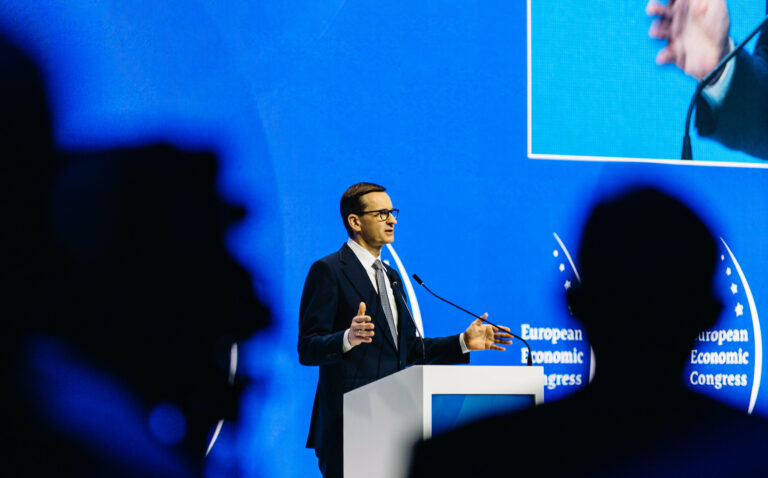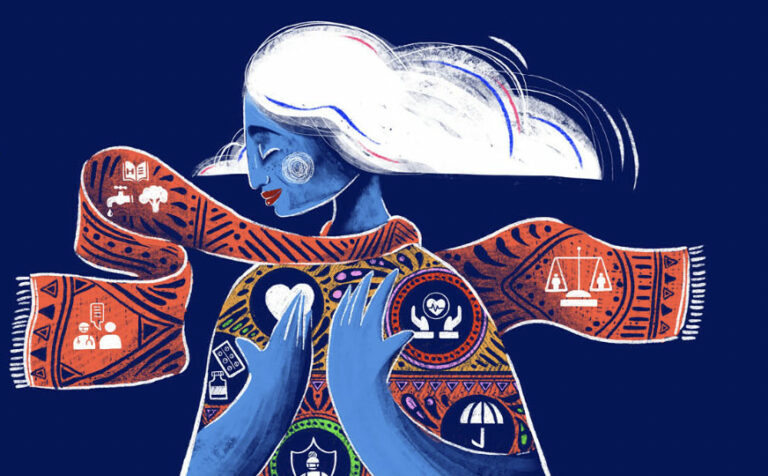
Enlarging Europe Eastward: What Makes Armenia European?
The Eastern Partnership (EaP) is difficult to define in terms of belonging. With a Soviet communist past and contemporary post-Soviet challenges, the six countries of the Partnership hardly fit into certain geographic, political or cultural boundaries. An intriguing question that usually arises on the issue of EaP belonging is the following: How and why is the Eastern Partnership European? Is it accurate to call it Europe(an) at all? What makes this multi-lingual, multi-cultured, and inherently diverse geopolitical unit European and to what extent does the European belonging change from one EaP country to another?
In an attempt to further the discussion on the issue, this article seeks to examine the European belonging of the Armenian people, the overwhelming ethnic majority of the Republic of Armenia, one of the EaP states situated on the border between Asia and Europe. In evaluating the extent of the European belonging of Armenia and the Armenian people only one approach will be taken as a point of departure- the Armenian heritage and history. The current socio-political landscape of the Republic of Armenia and the scale of its European orientation will not be discussed, leaving a place for future input and contributions on the issue of the ‘European-ness’ of Armenia.
At the core of the ethno-religious development of the Armenian people lies the Christian religion. The Armenian culture, mindset, and value system have been immensely influenced and conditioned by Christianity since the 4th century onward.
Without engaging in any sort of racist, nationalistic or far-right discourses that Europe and Armenia are inherently, and only, Christian, it is safe to argue that the Armenian Church has developed and shaped the Armenian identity in similar ways the Catholic and Protestant Churches formed the identity of the peoples of Central-Western Europe. Although representing different denominations of Christianity, both the Western forms of Christianity and the Armenian Apostolic Church share a plethora of traditions, values, and beliefs that are rooted in the principles of the Christian faith. Despite the emergence of modern secular states in Europe and beyond and the decreasing significance of religious belonging and identity, it is still hard to deny the role of the Church and Christianity in the construction of what Europe and Armenia are nowadays. Hence, I argue that in the historical development of Europe and Armenia, of the European and Armenian, those two share a crucial value system and identity marker that is the Christian religion.
Another curious aspect of the Armenian heritage that links the Armenian people to Europe is the Armenian language. As a language with a rather distinct alphabet, vocabulary, and sound system, Armenian is hardly understood in an entanglement of what we call ‘European languages.’ However, the Armenian language has been long proved to be a distinct member of the Indo-European language family. Here it is again imperative to state that it is not my intention to argue, neither I believe that there is no Europe outside the Indo-European ethno-linguistic bond. That being said, the Indo-European language family represents the biggest linguistic landscape of Europe, and the fact that the Armenian language is a member of that landscape adds to the discourse of common origins between the Armenian people and the peoples of the rest of Europe.
Apart from the religious and linguistic similarities, there have been many historical ties between Armenia and Europe. To name and list all of those historical ties and connections is beyond the reach of this article. One of those ties, however, I consider particularly intriguing and worth mentioning. It is a lesser-known fact but there was a French-Armenian dynasty of the Lusignan that ruled over the Armenian Kingdom of Cilicia on the shores of the Eastern Mediterranean in the 14th century. In fact, this was the last Armenian dynasty and its last king Leo/ Levon V was granted a couple of towns (Madrid, Andújar, Guadalajara, and Villareal) in what is known today as Spain by John I but spent his last years in Paris, France and was buried there1. Hence, interestingly the last Armenian king had French and Armenian origin, was granted towns in modern-day Spain and is buried in Paris. The House of Lusignan and the life of the last king of the Armenian Kingdom of Cilicia, therefore, are prime examples of the historical ties of the Armenian people with Europe.
This article attempted to assess the extent of the European belonging and identity of Armenians and Armenia. The Armenian heritage and history were revisited in the account of their compatibility and mutuality of what is generally perceived as Europe or European. With fact-based examples of religion, language, and history, the article illustrated how Europe and the European resonate in Armenia and the Armenians. Nevertheless, the main aim of the article, as stated in the beginning, is to encourage and further discussions on the European belonging of the EaP region and its member states from various angles.
1 More on Levon V and the Armenian Kingdom Of Cilicia could be found in the following publications: T.S.R Boase, The Cilician Kingdom of Armenia (Edinburgh, Scottish Academic Press, 1978); Claude Mutafian, Le Royaume Arménien de Cilicie (Paris, CNRS Editions, 2001); Rüdt-Collenberg, William Henry, The Rupenides, Hethumides and Lusignans; The Structure of the Armeno-Cilician Dynasties (Paris, Librairie C. Klincksieck, 1963)
LATEST

How you can help the planet every day

Building Europe: Poland’s experience of joining the European Union and lessons for Ukraine

World Health Day 2024: My Health, My Right

EUREKA MEETS EUROPE – opportunities to develop and study. My experience

Can you wear pink in the workplace?
More campaign pages:
Interested in the latest news and opportunities?
This website is managed by the EU-funded Regional Communication Programme for the Eastern Neighbourhood ('EU NEIGHBOURS east’), which complements and supports the communication of the Delegations of the European Union in the Eastern partner countries, and works under the guidance of the European Commission’s Directorate-General for Neighbourhood Policy and Enlargement Negotiations, and the European External Action Service. EU NEIGHBOURS east is implemented by a GOPA PACE-led consortium. It is part of the larger Neighbourhood Communication Programme (2020-2024) for the EU's Eastern and Southern Neighbourhood, which also includes 'EU NEIGHBOURS south’ project that runs the EU Neighbours portal.

The information on this site is subject to a Disclaimer and Protection of personal data. © European Union,